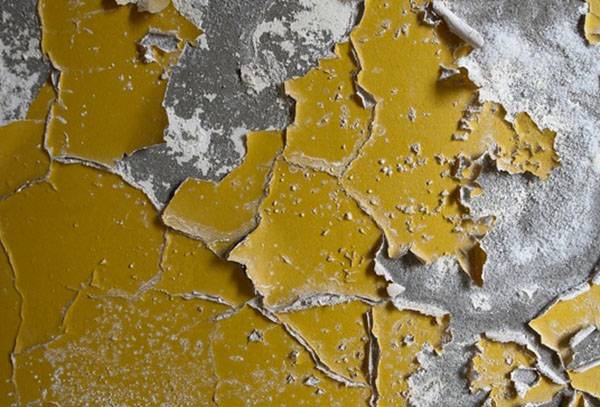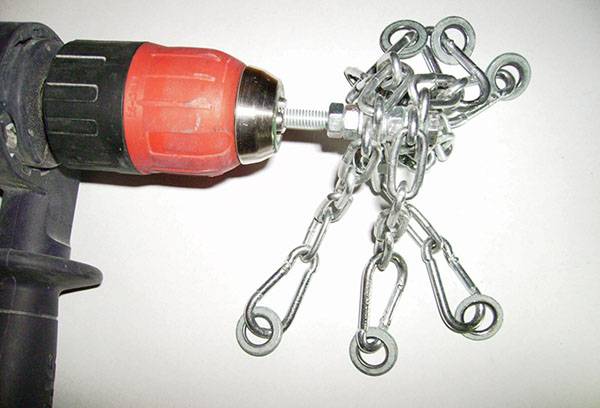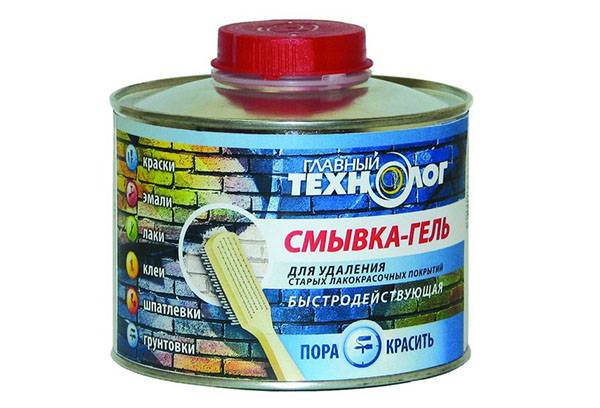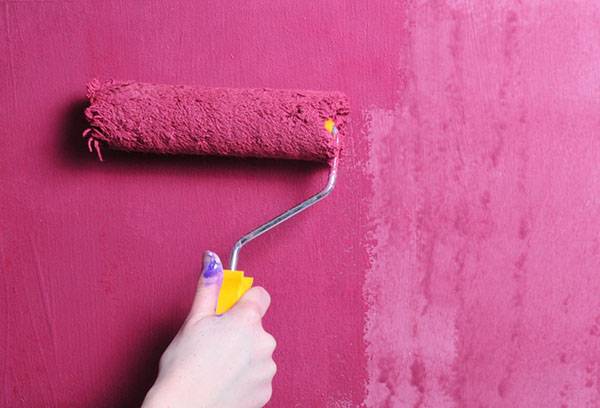How to easily remove old paint from walls?
Having started a renovation, many people wonder how to remove old paint from the walls without damaging the walls themselves, for example, in the bathroom? And also how can you do this easily and quickly, how to remove water-based paint, and how to remove oil-based paint from walls? It is logical that there is no point in gluing new wallpaper directly onto a painted surface: not only is it a priori uneven, but also bright dark colors of paint can show through thin light-colored paper. And, of course, you will have to tinker with the old paint if you plan to repaint the room.
In total, in the modern business of creating interior solutions, there are four main types of paint: oil-based, water-based, acrylic and enamel. Additionally, there are textured samples that spread with various effects or contain inclusions from other materials, which create unevenness. By the way, such paint will be the most problematic to remove from the walls. They also distinguish types of paints by application - for example, aerosol samples.
So, the types of paints used in interior decoration, including the bathroom, are in order from samples that are quite difficult to remove to those that are easy to remove:
- textured samples of any type and composition;
- oil;
- water-based;
- acrylic.

How to remove old oil paint from a wall?
Oil-based paint, especially used for exterior paint work, is very difficult to remove from the surface.In the past, when renovating, for example, a bathroom, they even preferred to simply cover the old layer with a new one. It is logical that this approach will not be appropriate in all cases, and sometimes it is necessary to completely remove the old layer.
Advice
Before removing oil paint, it is worth placing several basins with warm salted water in the room. This way you can avoid the spread of the unpleasant odor of this type of paint. The same advice works if a new layer is applied.
On a small scale, oil paint can be easily removed using the following substances: white spirit, pinene and other solvents; turpentine and ammonia are less effective. All of the above compounds are volatile and extremely odorous, which means you will have to carefully close adjacent rooms and also work in a respirator. You will need a lot of solvent, and the result will be scanty, so this method can be left exclusively for those cases when the painted surface is very small, literally spot-on, and not on all the walls of the bathroom.
Therefore, today other methods are used:
- mechanical;
- thermal;
- chemical - using professional reagents.
The simplest way to remove old oil-based paint on bathroom walls is as follows: heat a small area with a hair dryer, and then manually clean it with a spatula. In this case, it will take a long time to remove the paint, using significant physical effort. In some cases, you may even need a small hatchet to chip the layer. You will have to work in gloves, overalls and, best of all, special glasses. You should take care in advance to remove wiring on the walls and ensure peace of mind for your neighbors.The condition of the bathroom walls after such removal of paint from the walls leaves much to be desired and requires leveling.
other methods
A more civilized method is to use a small construction angle grinder. Alignment of the walls after such intervention in the interior will be minimal. In addition, in the bathroom you can immediately begin installing tiles or PVC panels after removal. The method is noisy and also requires special equipment and certain skills.
In addition, an electric drill is often used as a tool for crushing the oil surface. Noise cannot be avoided, and mistakes too - if you have never dealt with a drill before. Professionals advise using special attachments for dismantling. The “chain” attachment has proven itself well. With minimal damage to the walls, the sample will allow you to quickly get rid of unnecessary old paint using three segments of chains of 4-5 links. You can also equip yourself with a special crown used for working on brick surfaces.
In general, the modern arsenal of methods for ridding walls of unwanted paint includes less common methods - using improvised means. For example, a household iron is used to heat an area of paint through foil, and then also use a spatula.
Chemistry will help us
In order to remove annoying paint from bathroom walls mechanically, you do not need to know its composition. A drill and grinder will perfectly remove water-based paint. Things are even simpler with acrylic samples - special solvents for this type of paint will help you quickly and painlessly get rid of the paint layer.To use the chemical method, you need to clearly distinguish the type of paint: water-based, acrylic or oil-based - most likely, each type will have to be removed with different reagents.
The scheme of the chemical method is as follows: a special reagent is applied to the paint, they leave the room and, after some time of absence, begin to remove the unnecessary layer with the same spatula. The difference from the thermal method, in which a hair dryer or even an iron is used on the walls, is, at first glance, minimal. However, in reality, the chemical method will require less effort, but you will have to spend money on reagents. In addition, you will also have to look for them in stores, and also buy additional personal protective equipment, including special glasses and a respirator. Using ready-made reagents, removing the layer from the walls is not difficult.
Advantages and disadvantages of each method
There are pros and cons for absolutely every method of dismantling old paintwork. In absolutely every case, residents will have to leave the premises for some time. When mechanically removing paint from walls, a suspension that is unsafe for health may form in the air, and also has a rather pungent odor. In addition, you will have to warn your neighbors about the upcoming noise. The method of removing paint using the thermal method using a spatula remains relatively silent, but in the same way no one is immune from hazardous dust and exhausting labor. The chemical method, at first glance, seems simple - just apply the reagent with a brush and wait, and then easily scrape off the remaining paint.However, contact with the skin of even a small amount of a special reagent can cause burns and an allergic reaction, and careless inhalation can lead to more disastrous consequences. This category of products is so toxic that it cannot be disposed of in the sewer system of a residential building, which also creates additional difficulties and worries for owners.
There is always an alternative to removing paint - the decision to leave it. The unsightly old layer can be easily covered with PVC panels, wooden lining, solid wood and other types of coatings. In some cases, it is worth choosing a primer that will lie on top of the old paint layer and serve as adhesion for a new paint coating of absolutely any color and composition, and the old one will not show through.
You should also take care to make your own work easier. When using the mechanical method, it is highly recommended to use a construction vacuum cleaner that sucks up harmful dust. In all other cases, thick special gloves that are resistant to reagents, a special protective suit, goggles and a respirator will help. When using the chemical method, it is strictly not recommended to use a cotton-gauze bandage instead of a special respirator. Secondly, you should remember that a universal magic method - applying the composition and simply wiping the surface of the old paint - does not yet exist, and no matter what means of removing the paint layer you choose, you will have to work with your hands to transform the interior of a bathroom or other room.


